Vintage Tupperware GREEN bowl: 2,780 ppm Lead + 234 ppm Arsenic (both metals are poisonous to humans)
For those new to this website:
Tamara Rubin is a multiple-federal-award-winning independent advocate for childhood Lead poisoning prevention and consumer goods safety, and a documentary filmmaker. She is also a mother of Lead-poisoned children (two of her sons were acutely Lead-poisoned in 2005). Since 2009, Tamara has been using XRF technology (a scientific method used by the U.S. Consumer Product Safety Commission) to test consumer goods for toxicants (specifically heavy metals — including Lead, Cadmium, Mercury, Antimony, and Arsenic). All test results reported on this website are science-based, accurate, and replicable. Items are tested multiple times to confirm the test results for each component tested. Tamara’s work was featured in Consumer Reports Magazine in February of 2023 (March 2023 print edition).
Pictures here are with and without flash to give a better sense of the color of this bowl.
To read details about the concern for toxicants in vintage Tupperware products, I encourage you to read my original article on the subject here (and please also read all the comments and responses on that post for the full conversation). Thank you! (Please also scroll down to see all of the images, which include close-ups of the product numbers on the item pictured.)
To see more vintage Tupperware products we have tested, click on the links below (these will be live as soon as each article is up!)
- Yellow Vintage Tupperware
- Orange Vintage Tupperware
- Brown Vintage Tupperware
- White Vintage Tupperware (not live yet)
- Green Vintage Tupperware
When tested with an XRF instrument, the bowl pictured here had the following readings:
- Lead (Pb): 2,780 +/- 24 ppm
- Cadmium (Cd): Negative / Non-Detect (ND)
- Mercury (Hg): Negative / Non-Detect (ND)
- Arsenic (As): 234 +/- 15 ppm
- Barium (Ba): 63 +/- 42 ppm
- Chromium (Cr): 694 +/- 30 ppm
- Zinc (Zn): 490 +/- 9 ppm
- Nickel (Ni): 8 +/- 3 ppm
- Iron (Fe): 25 +/- 8 ppm
- Titanium (Ti): 1,041 +/- 104 ppm
Other metals not listed were not detected with the XRF in consumer goods mode. Tests were done for a minimum of 3-minutes and confirmed multiple times. The above numbers represent one specific test result set from one single 3-minute reading (not an average of multiple tests or similar).
The consideration here is two-fold:
- For those who read the website and NOT Tupperware users, you may not realize that these 40-plus-year-old products are still in high-frequency regular use in homes across
America. Just because they are vintage does not mean they are not used on the daily — they most definitely are, as confirmed by some of the comments (and I could have perhaps guessed, given the frankly unbelievable popularity of my original post on Facebook that has now been shared more than 2,800 times and reached over 94,000 people in just about 24 hours. See the image to the right here and read some of the hundreds of comments about this article on Facebook!
- It is my understanding that common lore has supported the idea that these dishes should be considered “microwave safe,” even though they are made of plastic. This means food is being heated in the dishes and that — combined with the potential use of acidic foods in these dishes — gives me quite a concern for potential leaching, especially over time, in dishes that (one reader told me) came out in 1972. Specific acidic foods of concern would include lemon juice (pretty much any juice, really), vinegar, tomato sauce, soups, etc.
Continue reading below the image.
In response to some criticisms on my original Tupperware article:
A handful of readers asserted their concern that the measuring cups might only test positive for toxicants as a result of contamination caused by some sort of unusual usage with toxicants. While I did not expect this to be the case (based on my decade-long experience of testing consumer goods, including hundreds and perhaps thousands of vintage plastic items), I was excited to find this set of dishes (which the bowl picture here is part of) that help disprove that concern. These bowls are in “brand-new-never-used” condition, and were sold with a tag indicating as much (at the antique store where they were purchased); yet the toxicant levels are comparable to those found in bowls that have seen normal use and wear over the years. The toxicant levels are also consistent throughout the product as there is no paint or coating — just a uniform substrate material (plastic) that makes up the entire product.
As alway, please let me know if you have any questions. I will do my best to answer them personally although it may take a while due to increased traffic on the website.
Thank you for reading and sharing this work. We are not yet covering the costs of our Lead poisoning prevention advocacy and consumer goods testing work. If you are in a position to make a contribution in support of this work, please click here for our GoFundMe link, or click here if you would like to contribute via PayPal. I can’t thank you enough for your support in this way.
Tamara Rubin
#LeadSafeMama
Never Miss an Important Article Again!
Join our Email List








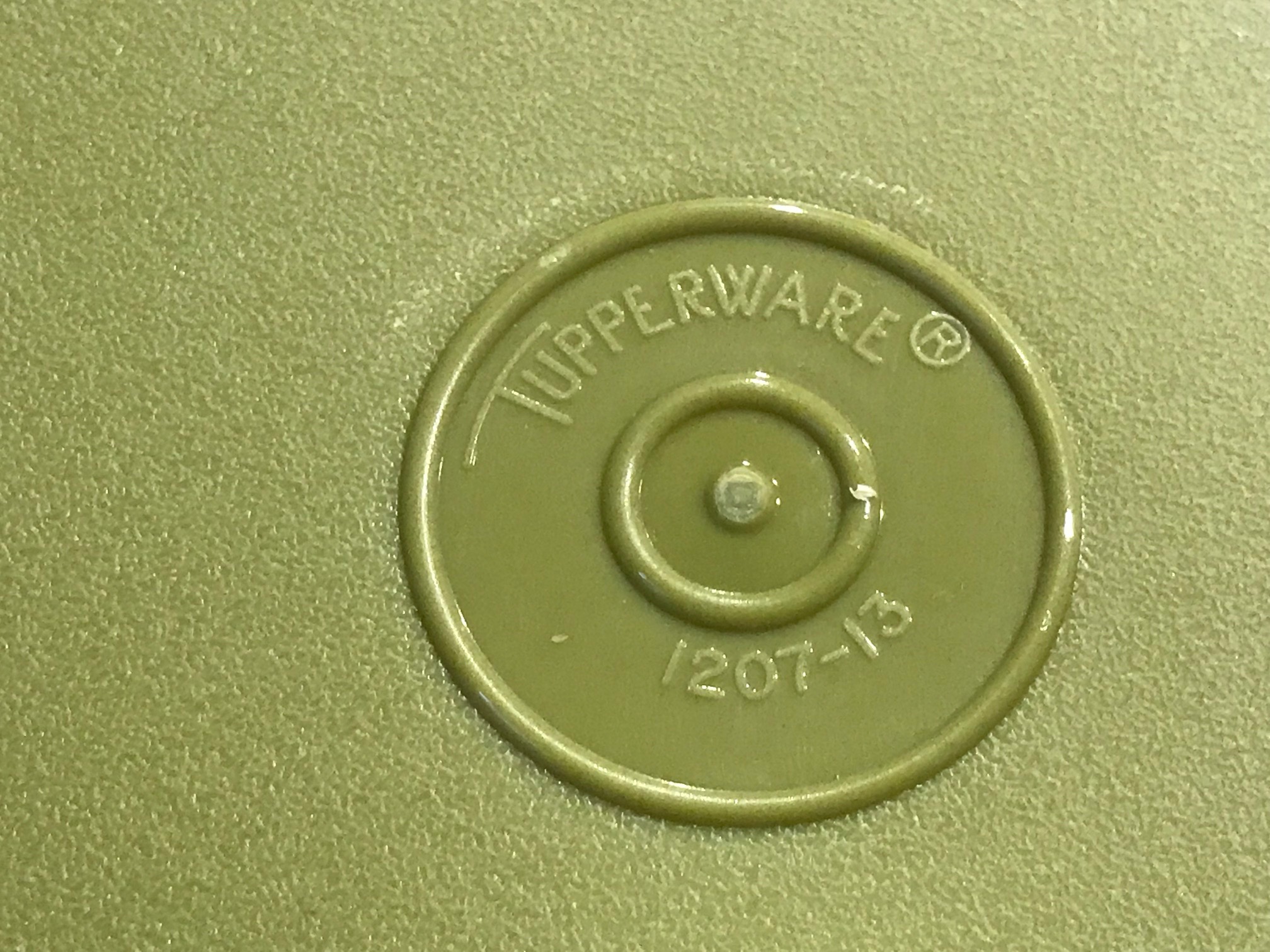
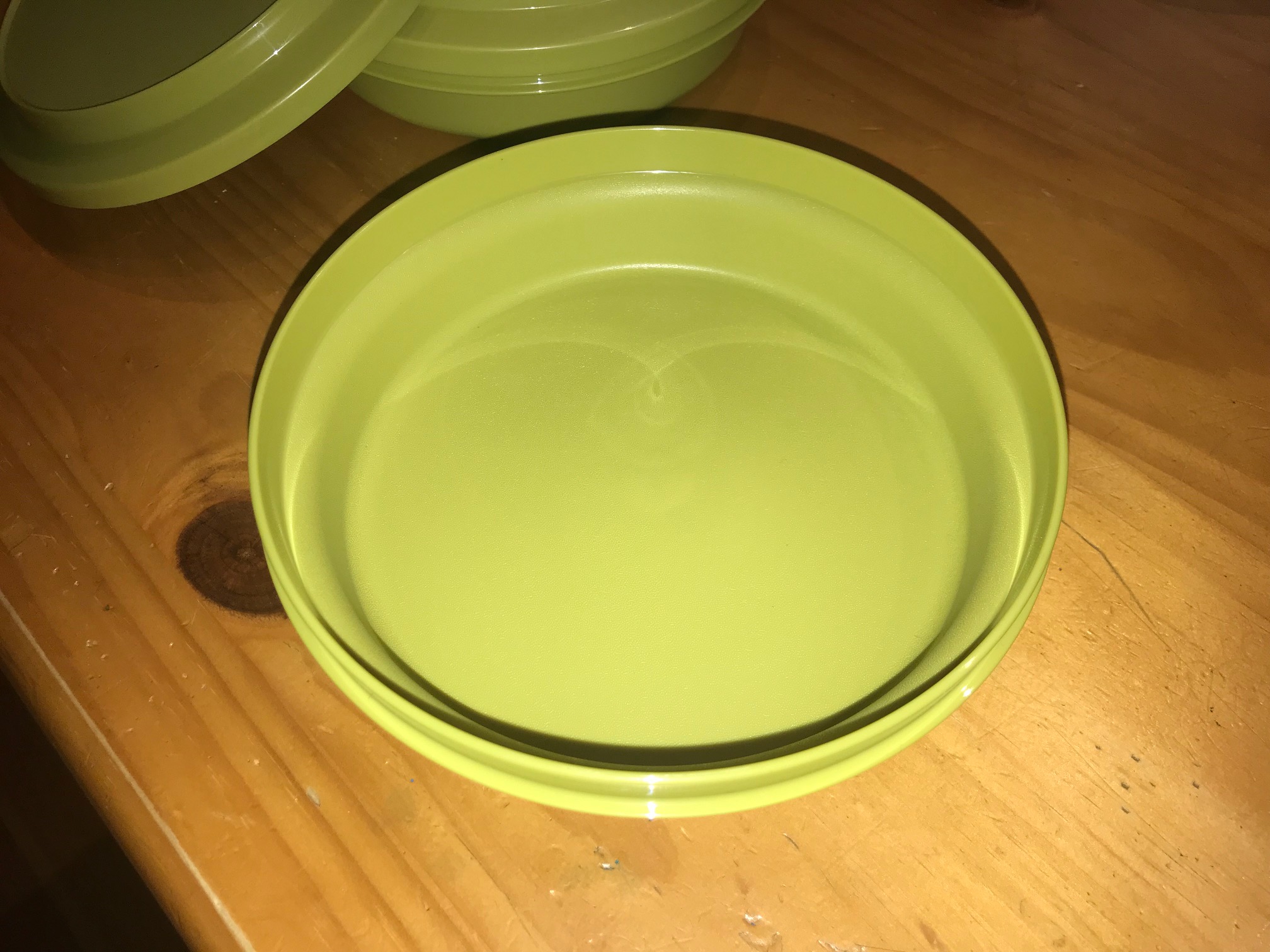
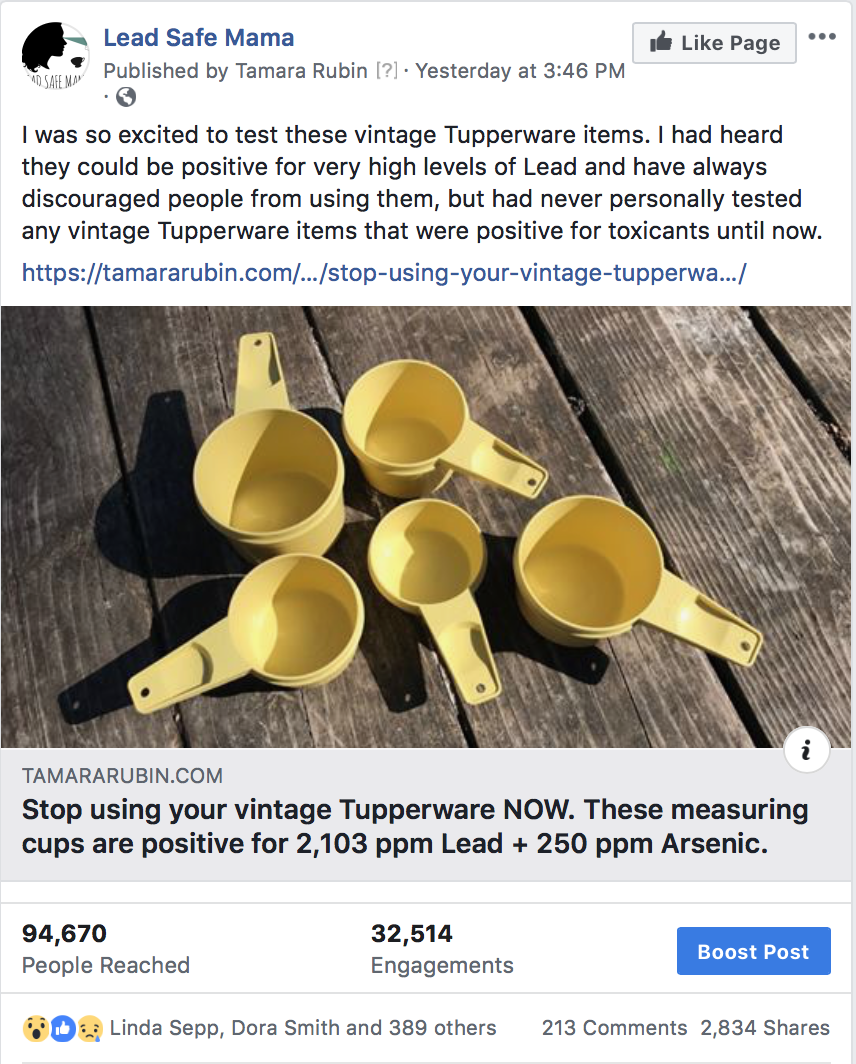
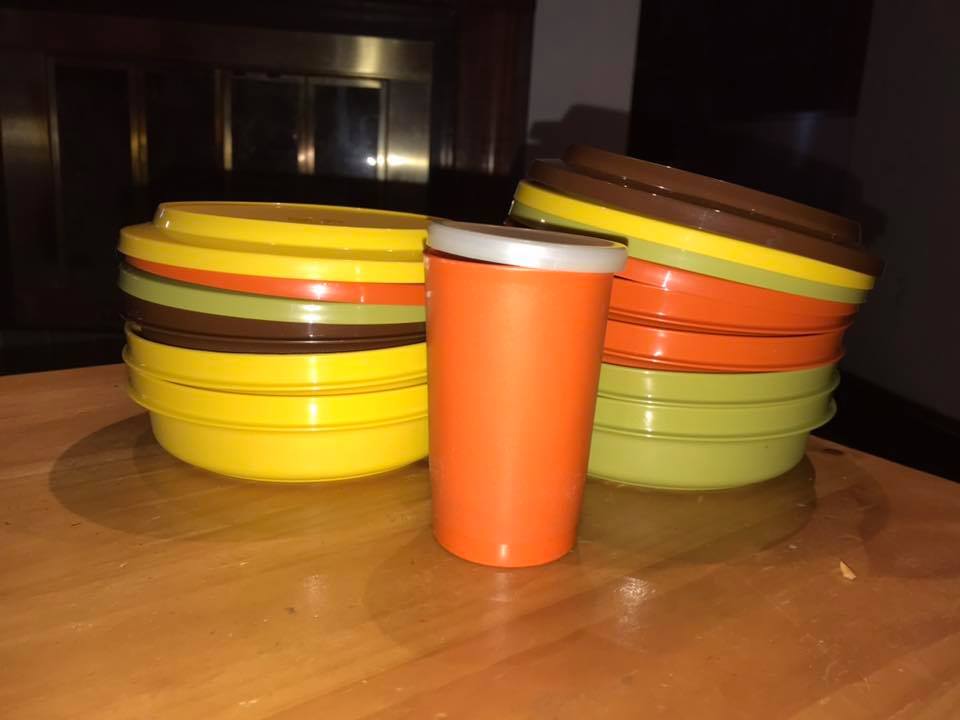
![Another vintage Tupperware example, orange bowl with Lid: 3,380 ppm Cadmium + 935 ppm Mercury [both are poisons for humans.]](https://tamararubin.com/wp-content/uploads/2019/03/Vintage-Orange-Tupperware-Bowl-With-Lid-Lead-Safe-Mama-1.jpg)
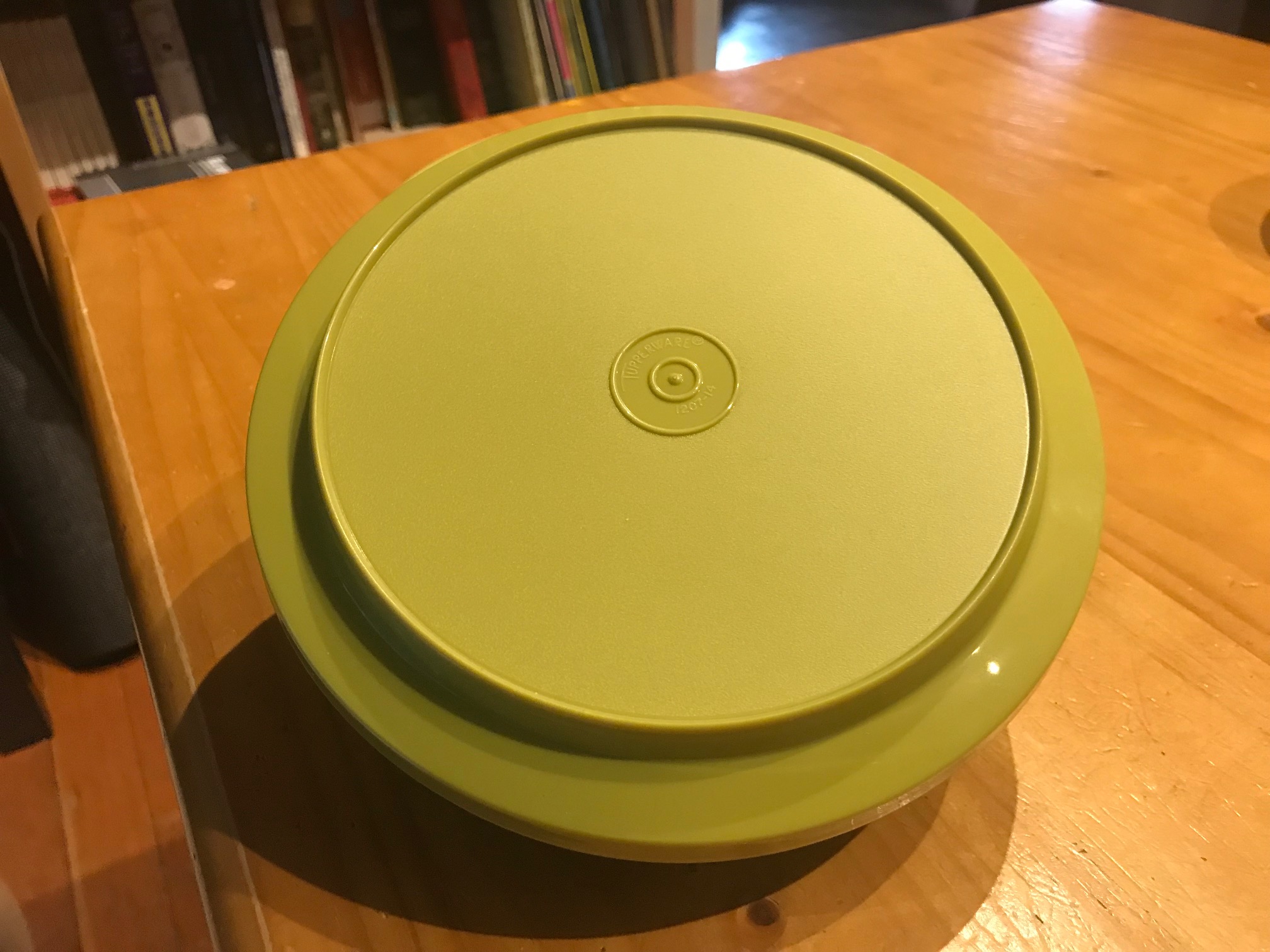
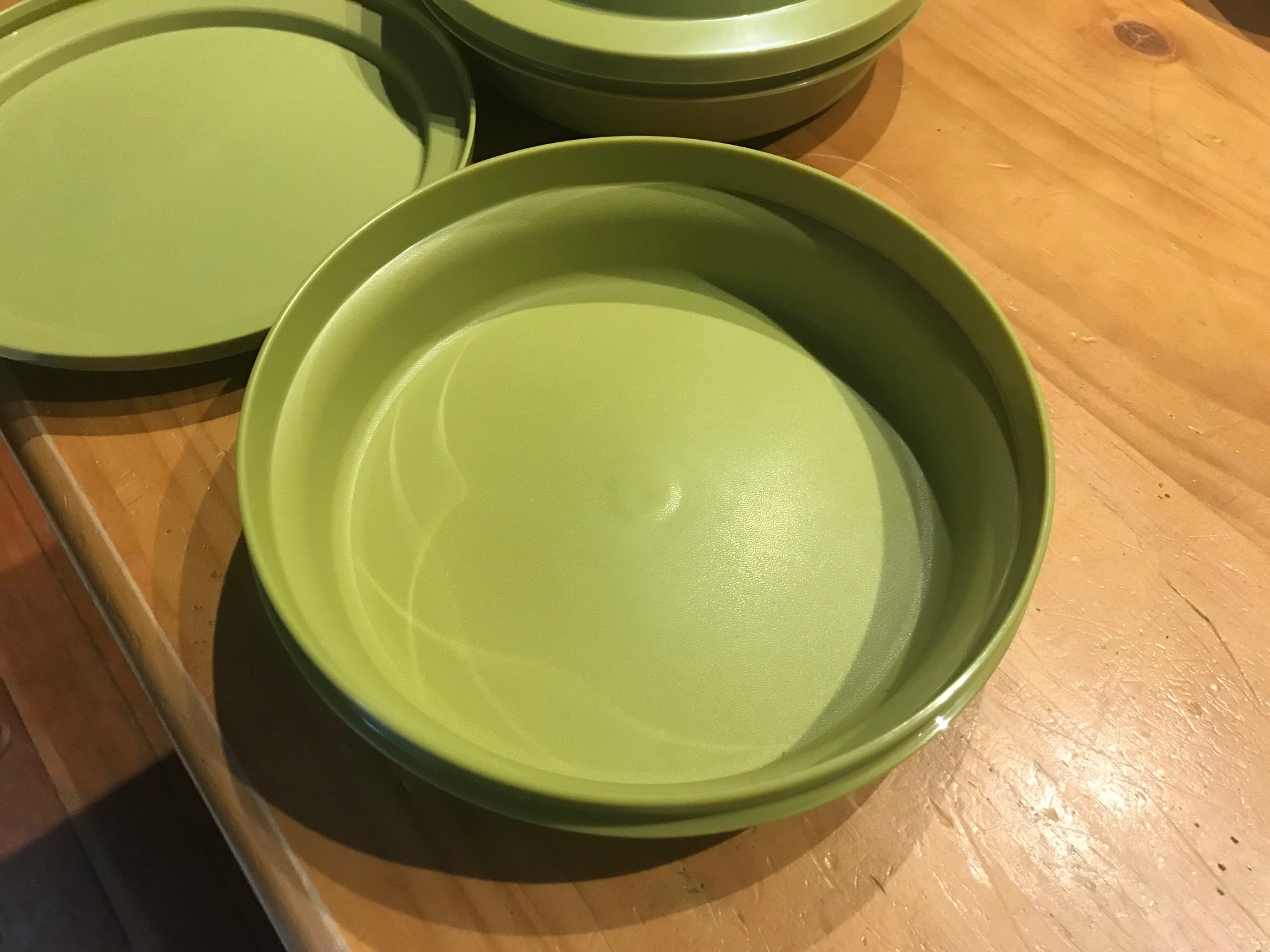
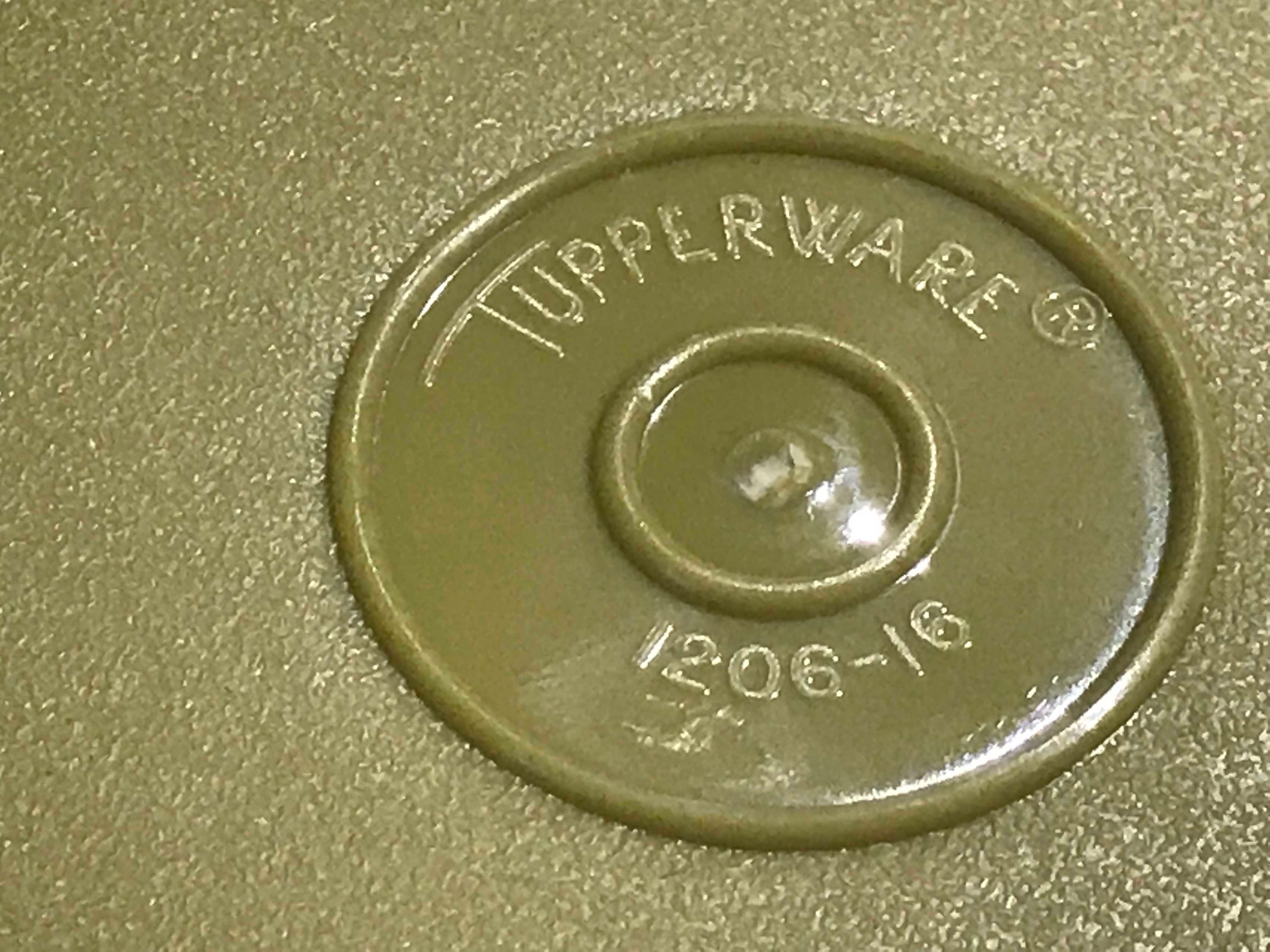
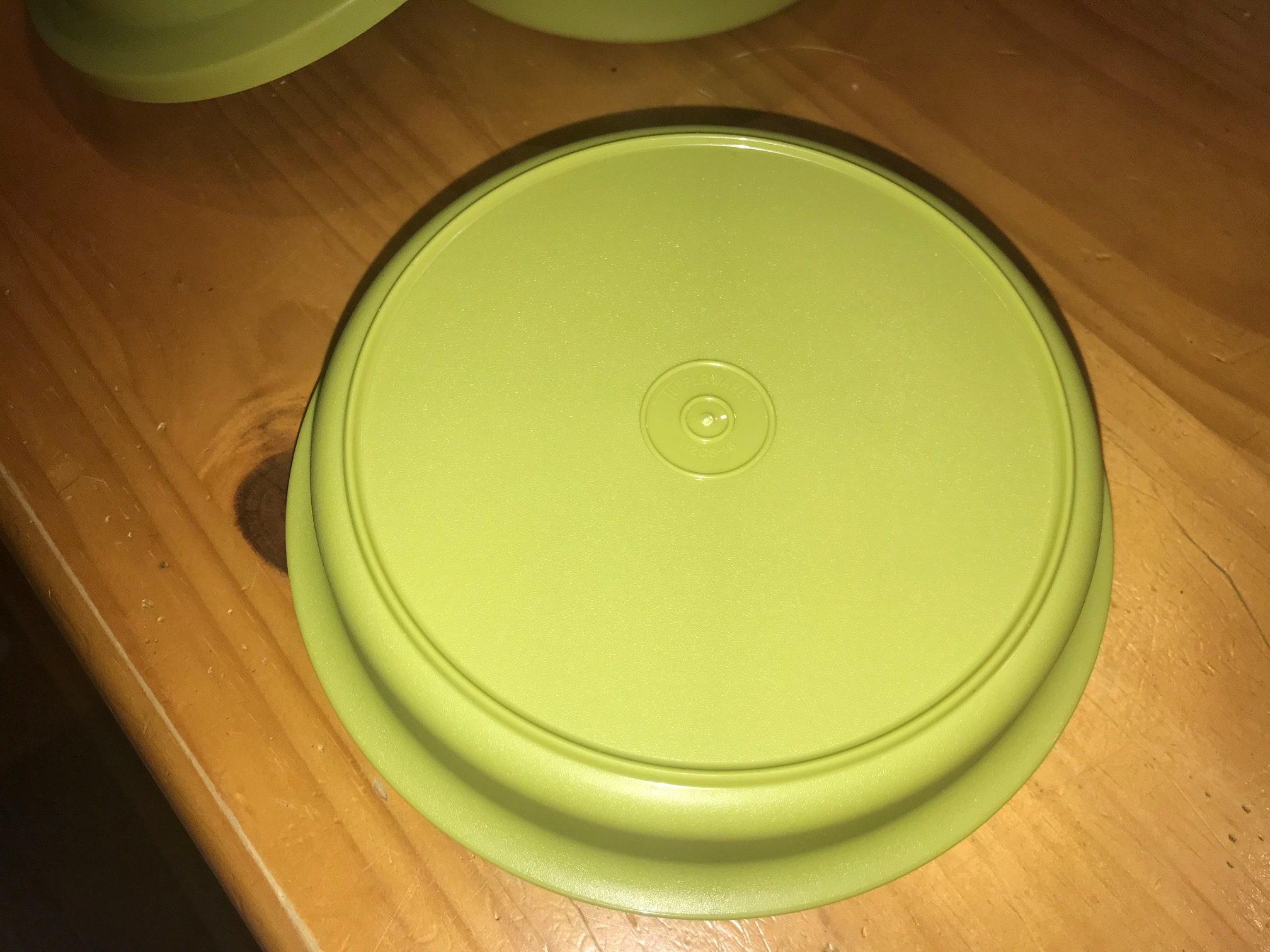
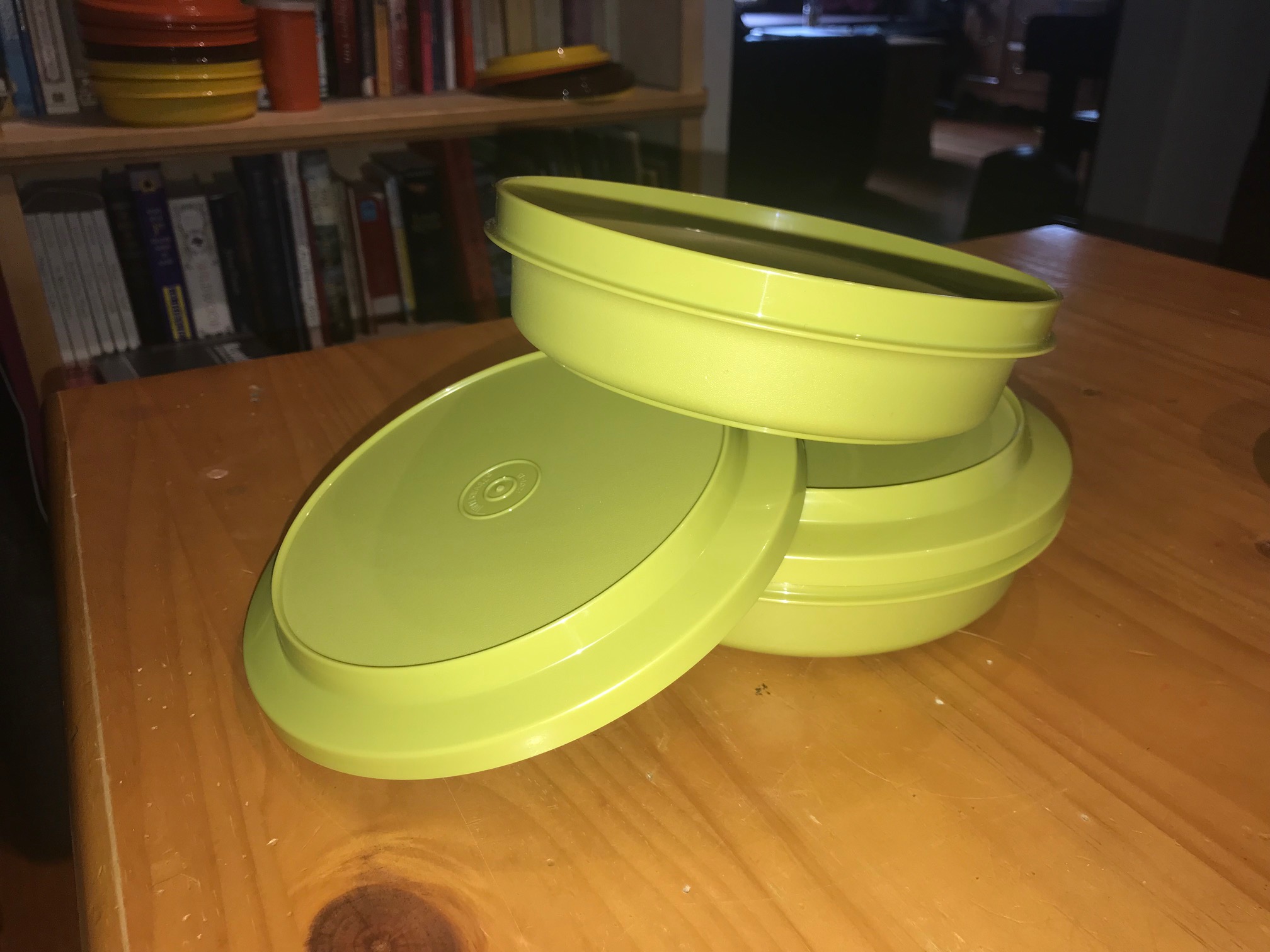

So should we just assume then that ALL Tupperware has these components….especially the Tupperware through the 80’s?
Hi Marilyn,
I would assume MOST of the vintage pieces do test positive for high levels of toxicants. At this point I have verified concerns for the following vintage colors: YELLOW, ORANGE and GREEN.
Here are links:
Yellow: https://tamararubin.com/category/yellow-vintage-tupperware/
Orange: https://tamararubin.com/category/orange-vintage-tupperware/
Green: https://tamararubin.com/category/green-vintage-tupperware/
Tamara
I wonder if this includes the pale
Green celery container and the lettuce
Crisper. Not
Such a deep
Green as
The food container shows a lighter
Lighter shade ?
Hi Yvonne, all the pieces I have tested (with their results) can be seen on this post: https://tamararubin.com/2019/03/is-my-tupperware-toxic-here-are-pictures-of-everything-i-have-tested-so-far-with-links-to-the-xrf-test-results/
I haven’t yet tested more of the green items.
Tamara
I just contacted Tupperware directly. They said this is not true
Margaret,
The testing methodology used for these is a scientific instrument used by the Consumer Product Safety Commission for finding toxicants in consumer goods. The testing instrument is definitely accurate and the results are replicable.
When you contacted Tupperware did you specifically ask about their vintage products? Did you ask if they had done testing? And if so, what kind of testing had they done? When they said it is not true were there specifics around that consideration?
I think it is very possible that you may have just spoken to a representative who is not aware of the concerns for toxics in vintage plastics.
Thank you for commenting.
Tamara
Unless you eat the plastic itself how is it harmful?
This is the question I have too me one ive never seen her answer. I believe these items contain toxins but how much and in what conditions are they leeching those toxins and becoming dangerous to us?
I have vintage Tupperware lighter green containers…2 are lettuce crispers and 1 is a large colander. Does this shade of green also have toxicants?
In light of the toxic elements in the Vintage Tupperware, can they be recycled? What is the most responsible way to “dispose of” these items.
Oh Peggy! That’s a really good question. I don’t know about recycling them, because that will likely contaminate whatever new products are made. Here’s a post about that concern for leaded items in general: https://tamararubin.com/2013/11/what-should-i-do-with-my-lead-contaminated-dishes-to-toss-or-not-to-toss/
Let me know if that doesn’t help.
Tamara
How did you insure the XRF tester did not go through the Tupperware and measure the material of the surface below it? What was the last calibration date of the Hand Held XRF tester? How frequently is it calibrated in a Percussion Measurement Laboratory> As A Retired USAF Avionics TEch I know hand held units such as this usually are required to be calibrated every 30 days or after each use in critical testing. Due to possibility of damage due to dropping, or hard use.
These are the exact bowls my daughter was given by the parents of a friend. I’ve used them for years!!!!!
My favorite Tupperware over all these years has been the tall (6.5 in.) 16 oz. pastel tumblers. I was wondering if these have been tested for toxicity.
We received a set of the GREEN storage bins, Flour, Sugar, Tea, Brown Sugar, and have been using them continuously for 47 years! We also have the colored dry measure cups, and the orange funnel with the handle. I remember going online to the Tupperware site to see if this old Tupperware was made safely back then. On their site they claimed all their products were safe, ALL no matter the age. I am horrified and am going to get rid of it all. Thank you, so much for looking into this and posting your results!
Thank you for commenting, Karen.
Tupperware’s lack of response on this has been truly disappointing – please sign the petition: https://tamararubin.com/2019/07/please-sign-this-change-org-petition-asking-tupperware-to-merely-respond-officially-regarding-the-findings-of-lead-mercury-cadmium-and-arsenic-in-their-vintage-products/
Tamara
I’m Australian & still use the green measuring cups and the green bowls & lids/bread & butter plates often. I also have beige canisters. What about the opaque canisters with pink lids? Wow I’m a bit blown way by this, have grown up with Tupperware & attended T/parties in the 80’s & 90’s, and accompanied my mum to them in the 70’s.
Hi Ricci,
What I have learned is that anything from before 2010 has BPA so would not be safe to use from that perspective. Outside of the BPA concern I have not yet tested a clear that was positive for heavy metals – nor a light pink (all of the examples in those colors that I have tested have been negative for toxic metals – at least the top 5 I usually look for.) There is so much variation in their products though that I hate to make general statements like that (like “all white or clear is negative for heavy metals”) because there still could be examples in those colors that have toxic heavy metals and I have not yet tested them. For example some of the orange ones I have tested have been positive and some have been negative. I have not been able to distinguish anything about what characteristics (in the different orange examples) one could observe at home (without having an XRF instrument handy) to determine yours might be negative – so in that case it is best to use the precautionary principle and assume all are positive or potentially toxic in some way (if made before 2010.)
Tamara
Thank you so much for your research. My mother was a Tupperware dealer in the 70s 80s and 90s. I have PCOS, insulin resistance, and infertility. I believe it all came from my daily childhood use of Tupperware. I would live to keep a few of my vintage pieces ao please test white and hopefully the jade colors. I would love to contribute to the cost of that testing. Let me ok now how I can help.
Where/how can I test mine?
Have you tested the grayish Desert and Parfait sets. I sold Tupperware N have had my flour in the plastic. 10gal container for years and my sugar in yellow canister. Why has this NOT been a National Notification to the Country? I was looking for Info on Microwave Cooking containers. I think I got them the first year microwaves came out. Are they safe to use? I have NO Clue what they are made of. They are a lite Creamy Color. Can you help? And Thank You… Cindy TE
Oh dang!!! Of course I just started collecting this week 🙁
Thank you for your blog… I’m so grateful!
I just bought 5 canisters… orange, and a light olive green color along with the multi color measuring spoons and cups. I was going to store my baking ingredients in them.
I love vintage. Are glass (50’s-70’s) vintage Safe? Looks like I need to hunt for other storage ideas.
Hi Tamara, all of my containers do not have any numbers on them. Only Tupperware and Made in Australia. Do you know if these are safe? Eg: Dark blue canisters, marinating containers (from 1988) Any advice?
Thanks
Carmen